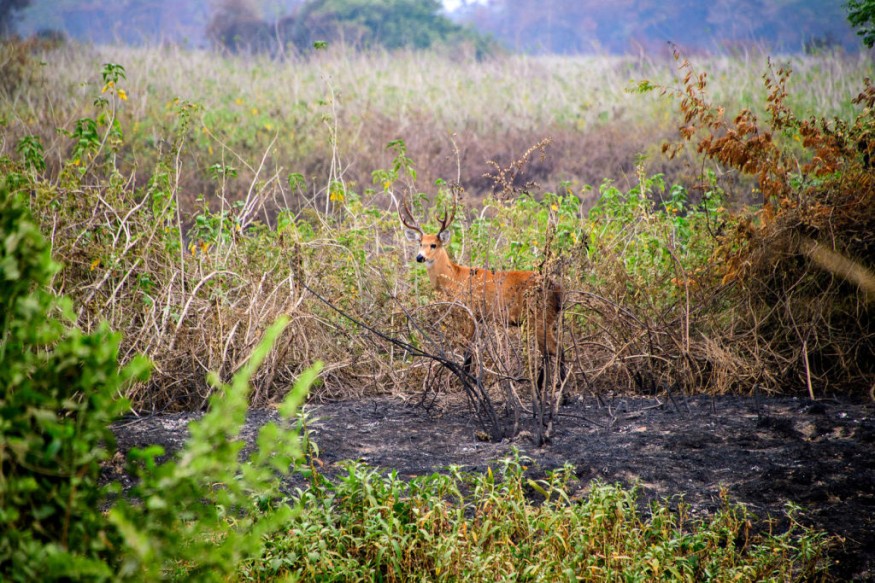The report discovered that the savannah-like biome in Brazil declined, and showed weakening resistance to wildfires and drought, warning that it could become less likely resilient to threats of climate change.
The report highlights that poor forest formation and management have significant effects on Brazil's savannah-like biome, which could become cerradão. The research conducted for over 14 years raised concerns about the need for conservation and protection efforts to protect the country's biome and biodiversity.
The research findings were published in the Forest Ecology and Management journal, studying the cerrado, also known as woodland savannah. Understanding the changes in vegetation will help predict the potential impacts on ecosystems, providing new insights into conservation efforts.
Brazil Savanna-Like Biome Impacts

Based on the 14-year study focusing on Brazil's cerrado, the researchers highlight the transformation into a cerrado, blaming poor forest management. It can lead to a forest type that is less biodiverse.
The researchers warned of irreversible changes to ecosystems and biodiversity. While there is fire protection management in the region, the study finds that tree density decreased. In addition, the basic area managed to increase. The report warns that failure to manage cerradão could be devastating
While there are challenges in understanding forest dynamics, forest regeneration will help people become more resilient to wildfires and drought. Authorities need to improve proper forest management to protect the biodiversity and wildlife in the region.
Additionally, the researchers struggled against the study's site size, which is up to 10 hectares. This is in addition to challenges posed by forest changes, requiring discipline and monitoring from researchers to collect data and understand the problem.
"If many trees die, the carbon stored in them returns to the atmosphere, and large amounts of dead timber increase the probability of catastrophic fires. Unlike typical Cerrado vegetation, cerradão isn't adapted to fire. If it burns in extreme conditions, it starts functioning as degraded forest," Professor Giselda Durigan, from the State University of Campinas's Institute of Biology (IB-UNICAMP), said, as quoted in a report.
The report urged for comprehensive conservation policies and sustainable ecosystems in protecting the savannah-like biomes. With the growing threats of climate change and global warming, understanding forest adaptation is crucial.
Also Read : Amazon Wildfires Could Become 'More Flammable' Due to Severe Drought and El Nino Phenomenon
Threats of Amazon Wildfires Due to Severe Drought, El Nino
In a recent Nature World News (NWN) report, researchers warned of more flammable Amazon wildfires in South America, indicating an increasing fire intensity exacerbated by climate change and El Nino.
The combination of impacts can lead to frequent fires fueled by high temperatures and drought. Wildfires and communities can likely become vulnerable to threats and population decline.
Read also: Climate Burden on Farms: Study Reveals Rising Financial Costs of Climate Change for Agriculture
For more similar, don't forget to follow Nature World News.
© 2025 NatureWorldNews.com All rights reserved. Do not reproduce without permission.





